Managing CPE returns efficiently is a guaranteed way of boosting the sustainability impact of this product type. These may be returned from customer cancellations or cool-offs, faults, or non-renewal of contracts.
Failing to process these effectively can lead to deficiencies in sustainability, profits, and customer satisfaction.
Ingram Micro Lifecycle operates as a third-party logistics provider for technology customers around the globe. Our services go beyond that of a typical 3PL, offering value-added services, such as recovery and recommerce of products.
Below we highlight eight top tips to streamline your CPE returns management for long-term success.
8 tips for improving CPE returns efficiency
With the global wi-fi router market expected to exceed a global value of $20 billion by 2027, that's a lot of product units that will need sustainable disposition. Let’s get straight into our top tips for actions you can take to improve your handling of CPE returns.
1. Futureproof your approach. This is particularly important for OEMs. Before launching your product, consider how it can be repaired and refurbished. How straightforward is it to access parts that will need replacing? Make it as easy as possible to extend the lifecycle. This will give the product additional longevity and decrease the turnaround time between uses.
2. Be agile to handle fluctuating volumes. Consider the seasonality of your returns. Are there particular times of year when you’re offering discounts, promotions, or offers to encourage new customers or renewals? These might then see an influx in demand for your product but will lead to a higher return after a typical contract length or within the cool-off period. This means you need the appropriate space for processing and storage to handle both lower and higher volumes. Working with a 3PL can absorb this risk.
3. Introduce automated refurbishment techniques. These will ensure consistent results from your CPE returns processing. Robotic and automated solutions are typically scalable, offering a reduced margin of error with a quicker turnaround time. These can also be more sustainable as they enable better reuse of plastics during refurbishment.
4. Create a spare parts inventory. Make parts harvesting part of the processing of your returns. Create a stock of reusable components that have been taken from units beyond economical repair. This is a more sustainable and efficient approach to using all new parts during repair and refurbishment as there are decreased logistics involved for the supply chain. All the parts you need will be on hand and ease the pressure on the manufacturing of new parts, which uses more raw materials.
5. Maximize product recovery. Integrate as many technical repair and refurbishment techniques into your returns management program to increase the yield of units suitable for re-use. You should also ensure high-quality cleaning standards are followed if re-using CPE and peripherals (such as cables). This approach is more sustainable as it reduces the demand for raw resources by extending the lifecycle of existing goods. By applying the circularity model to your CPE products, the lead time for units decreases because you maintain a supply that’s ready and waiting to be shipped, rather than waiting on a delivery of brand-new products.
6. Communicate product issues higher up the supply chain. If common product issues are reported for CPE returns, this data should be fed back to design teams to improve future designs. Collaboratively, you can eliminate similar problems from future products. Challenge the design of units and offer suggestions for improvement that will improve its sustainability, particularly with reference to point 1; how easy it is to repair and refurbish. With fewer problems in the future, you’ll have fewer returns to process or a straightforward fix that can be applied should the same issue arise.
7. Innovate. Be open to thinking outside the box to look for new solutions. You’ll need to learn the product inside and out to understand what approaches work best. Break down the product and your returns management processes to isolate where innovation can occur.
8. Integrate customer service solutions. Customer contact center agents will liaise with your end users on performance issues, gauging a better understanding of their sentiment towards your products and what problems they’re experiencing. This direct contact with customers can boost your NPS, soothe pain points, and introduce returns avoidance tactics.
There are many ways of innovating and thinking ahead to ensure CPE returns processing is managed efficiently. Working with a 3PL is a way to manage the process, utilizing their experience and knowledge, and de-risking the process for you while taking advantage of the many sustainability and efficiency benefits.
Ingram Micro Lifecycle supports manufacturers and network operators in the provision of CPE, handling the returns of these units as well as improving performance. The processes we deploy extend the lifecycle of CPE units, making them suitable for re-use by your customer base. Our experienced technicians get to the core of the product to truly understand where improvements can be made, not just to our own applied processes but to the product design too.
If you’d like to know more about our experience in managing CPE returns or how we can create a bespoke returns management solution for your business, reach out to us today.
Related articles:



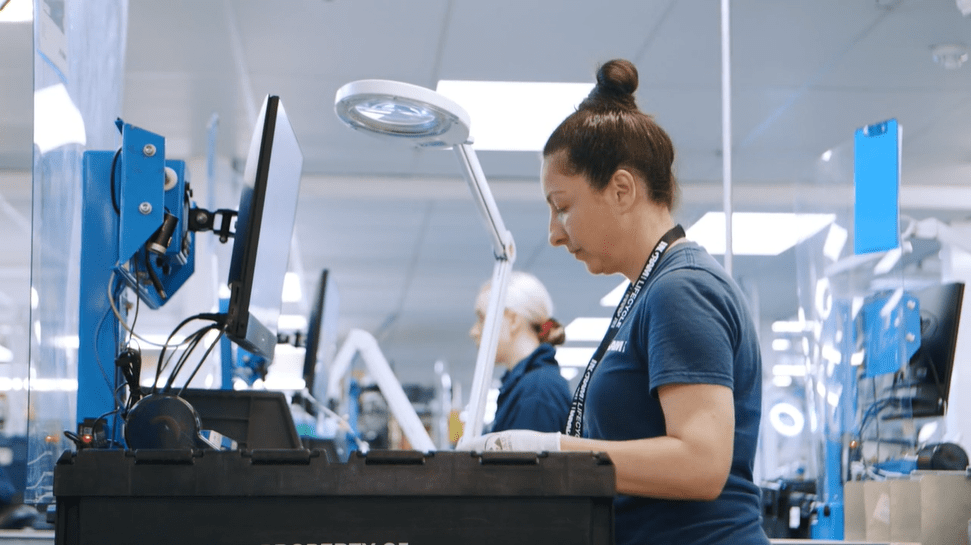
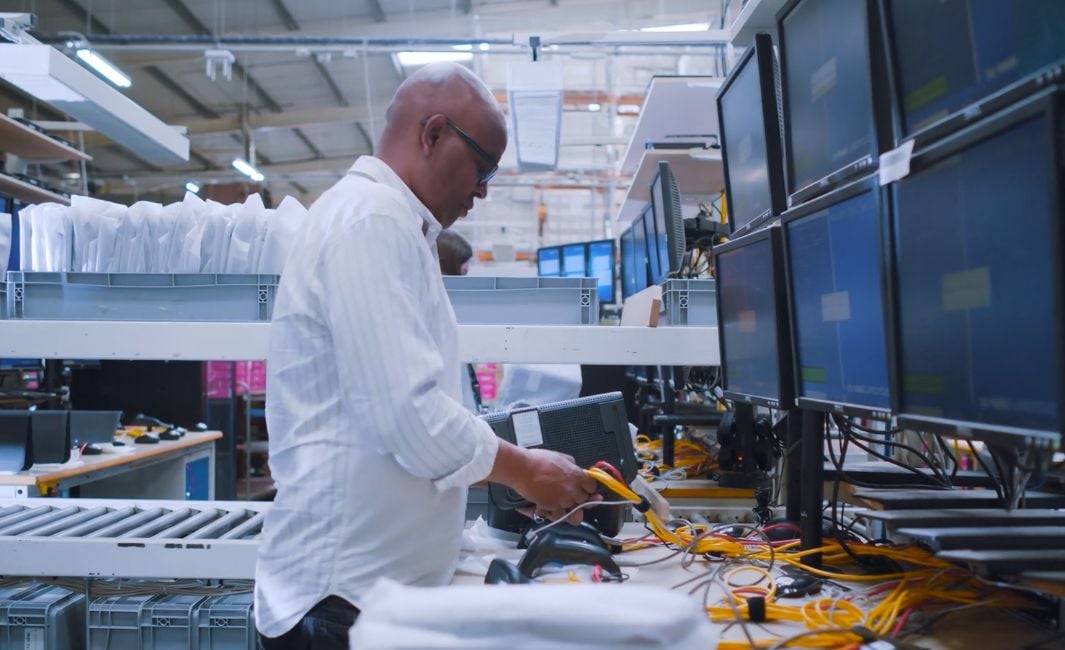
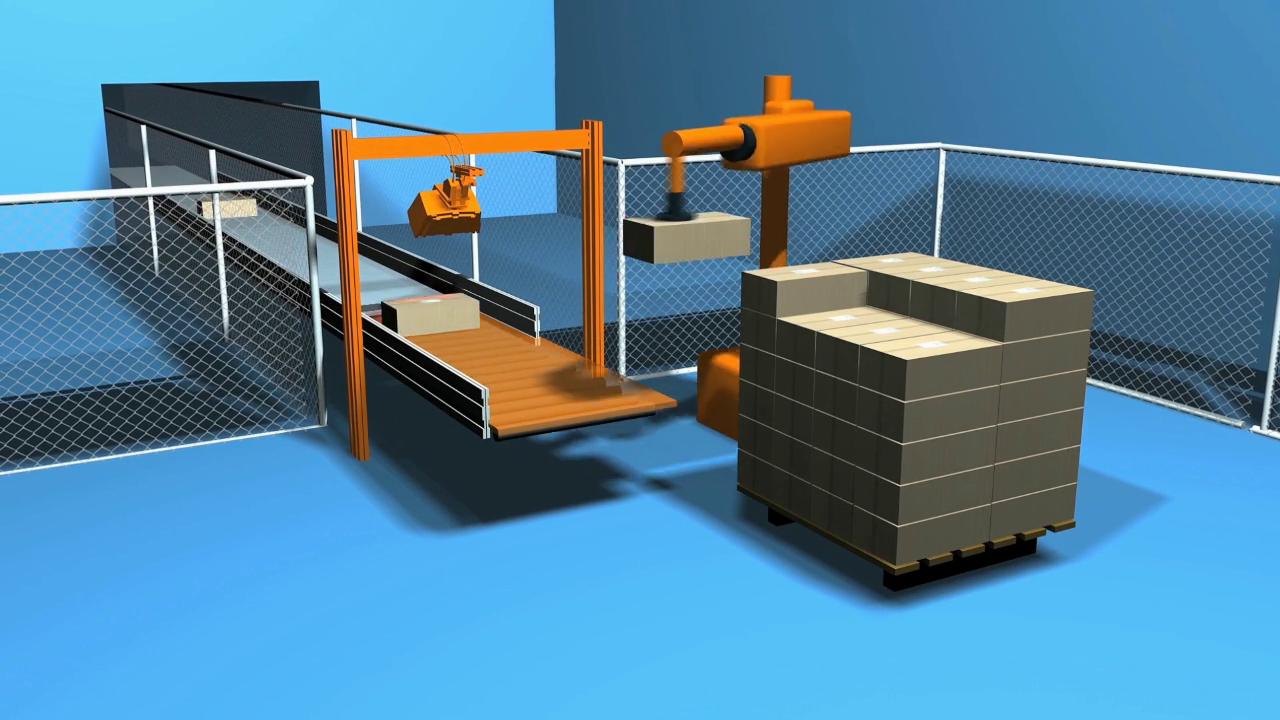
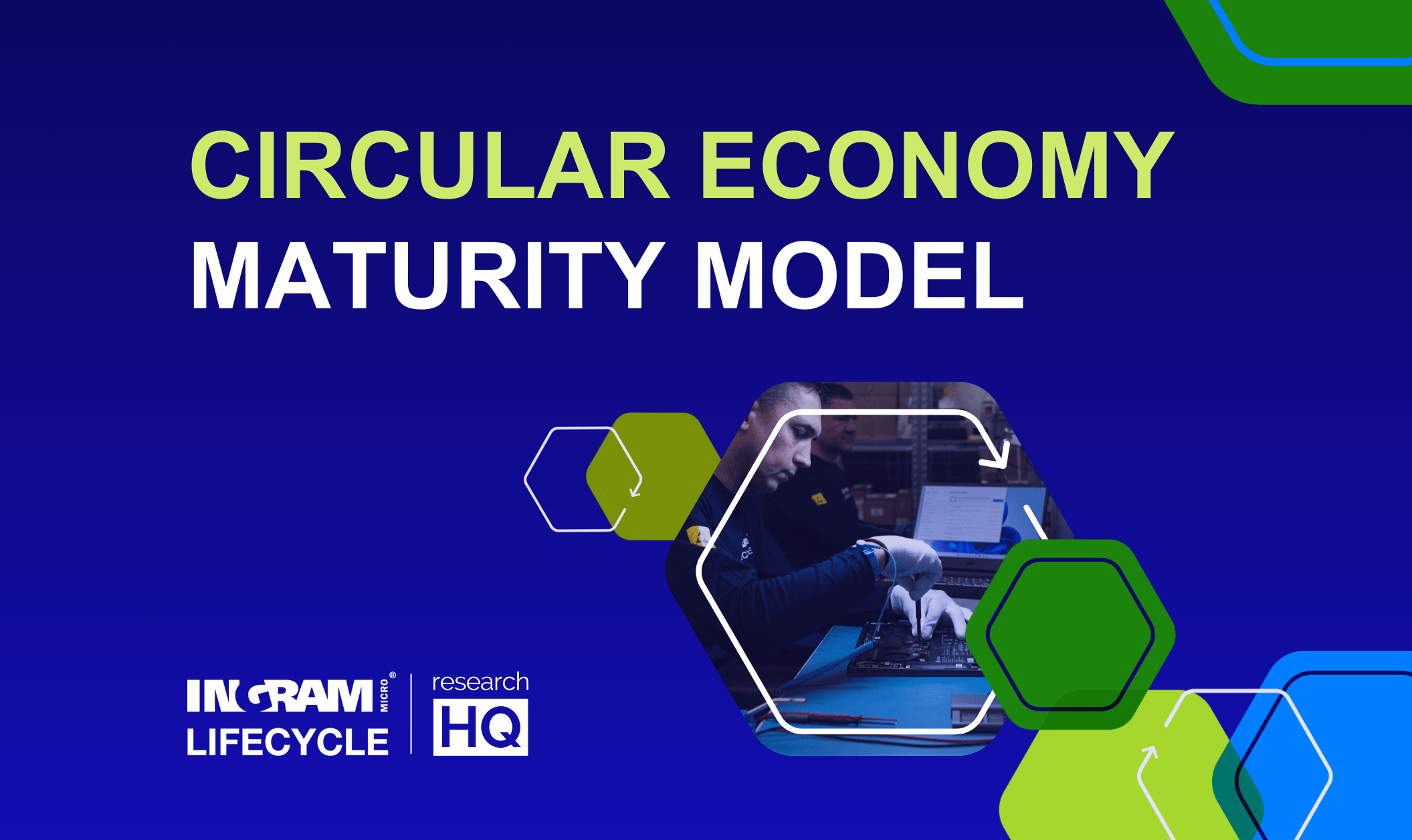

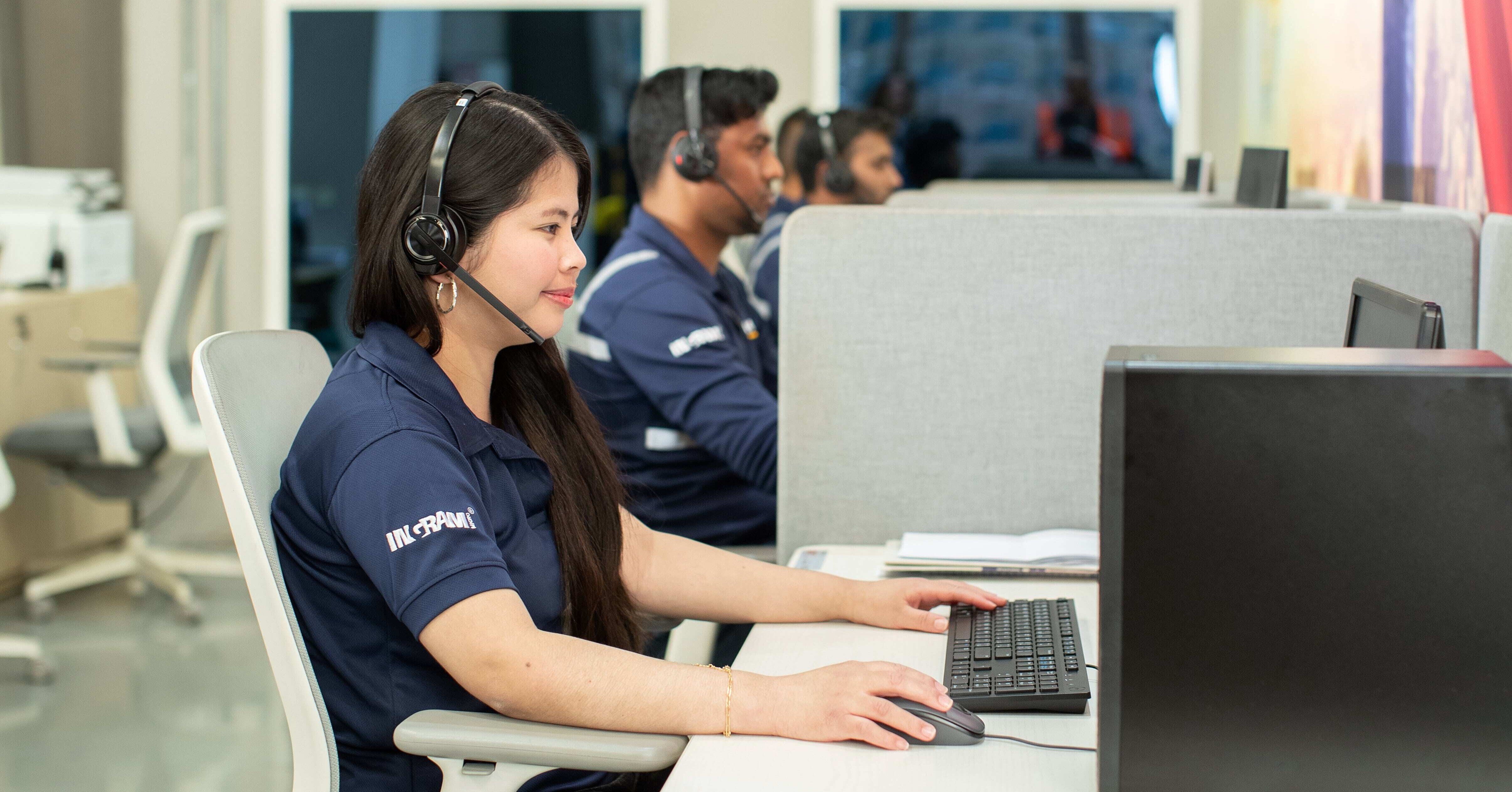



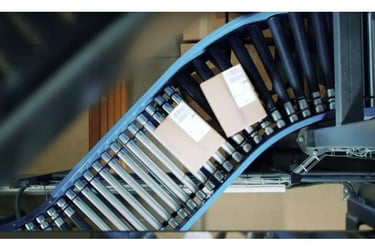
-1.jpeg?width=450&height=250&name=sda%20user-min%20(1)-1.jpeg)